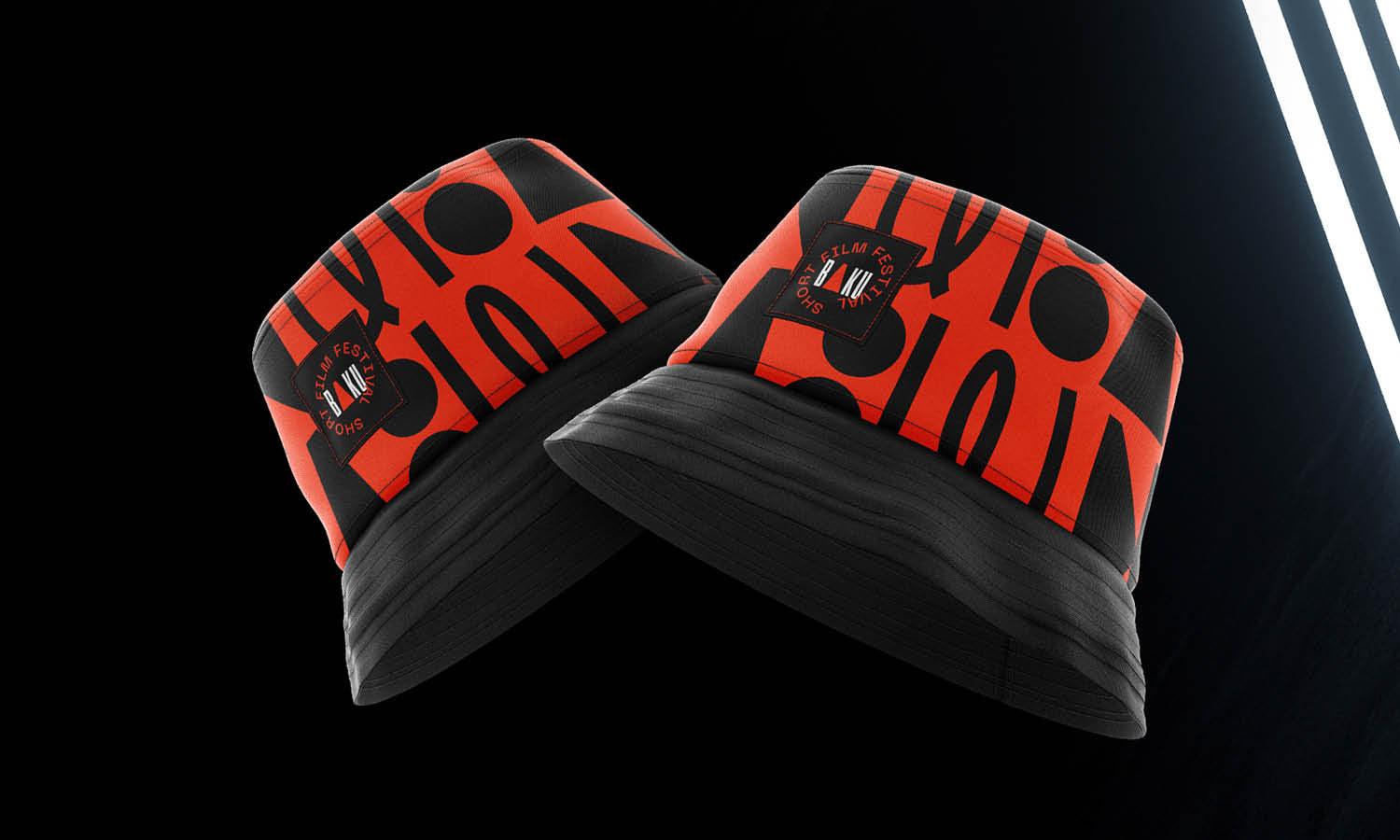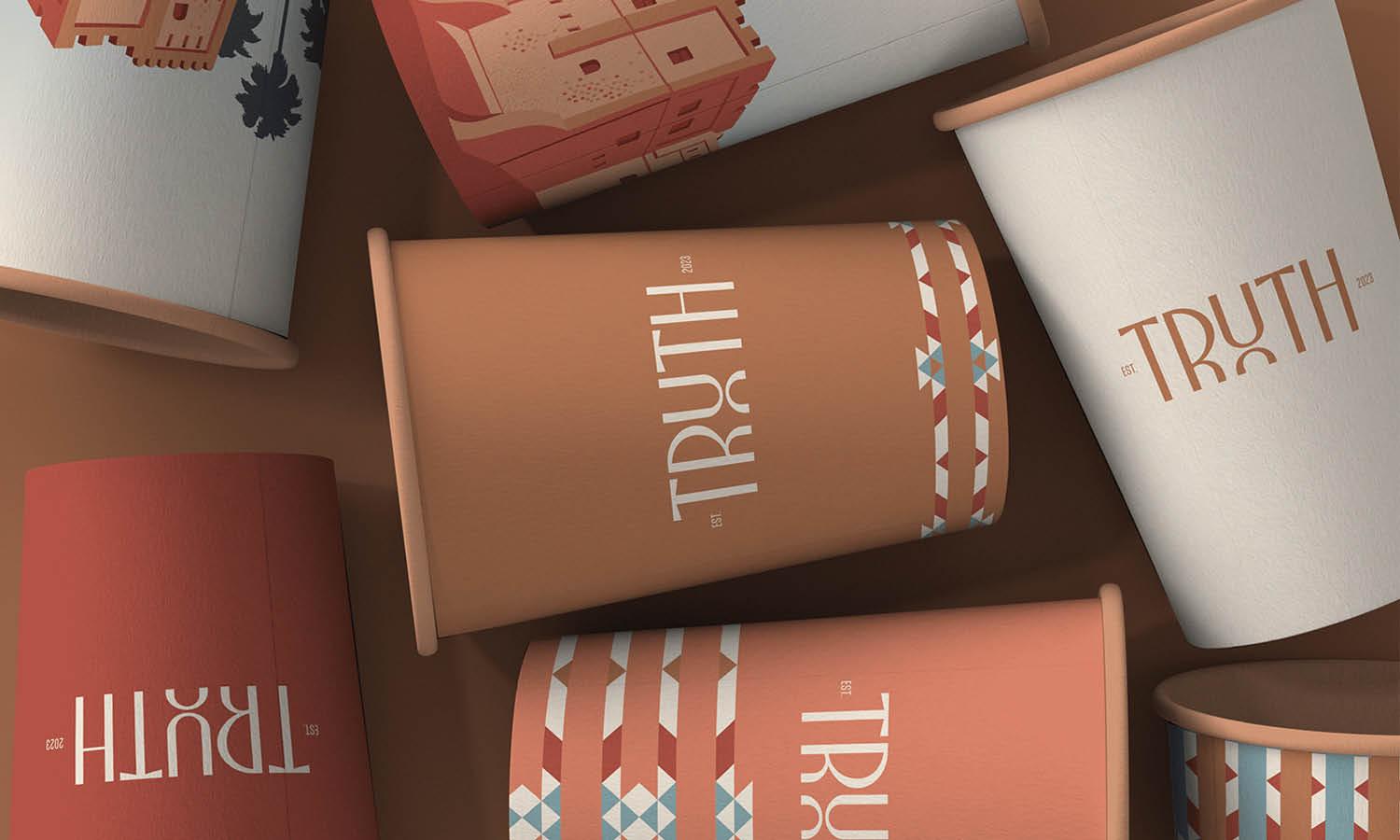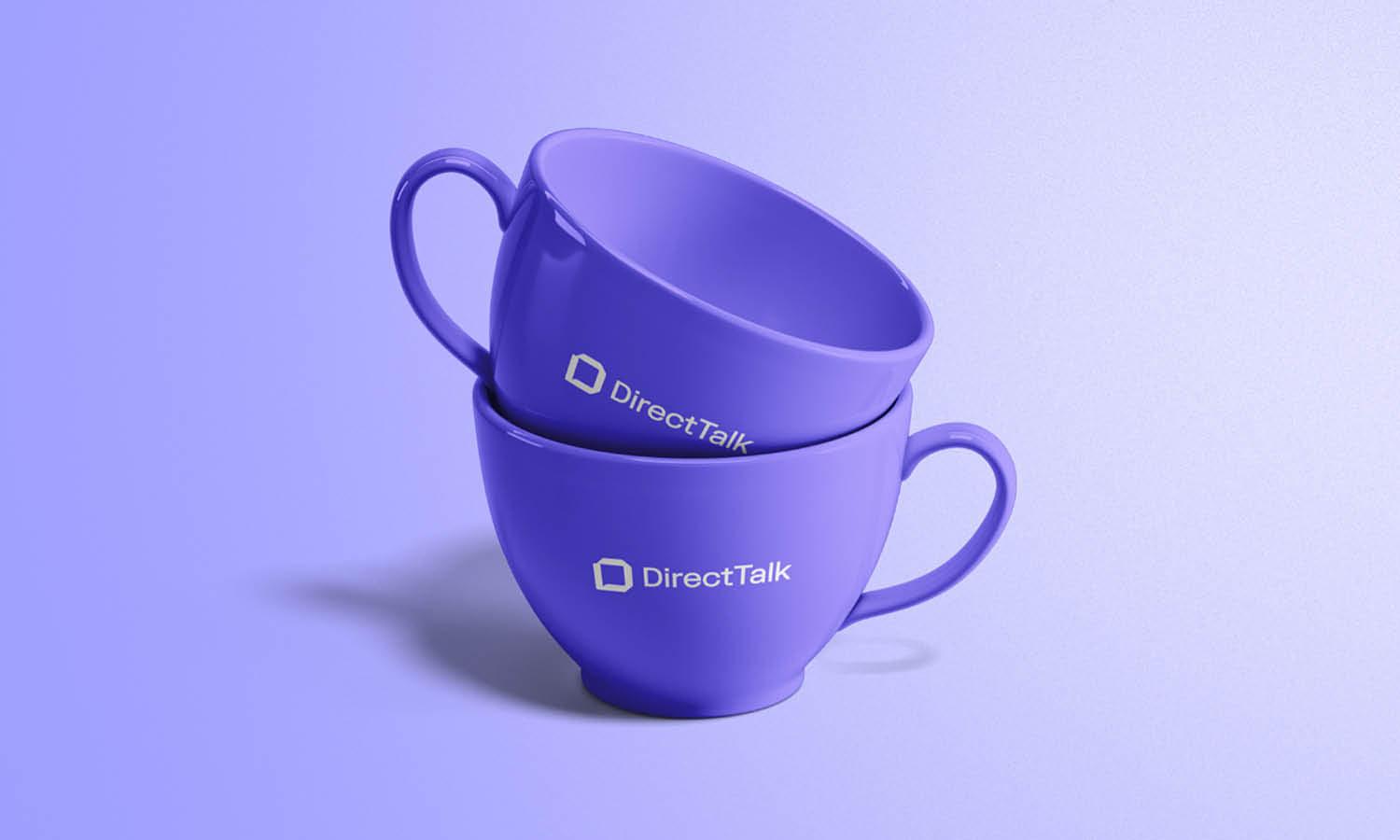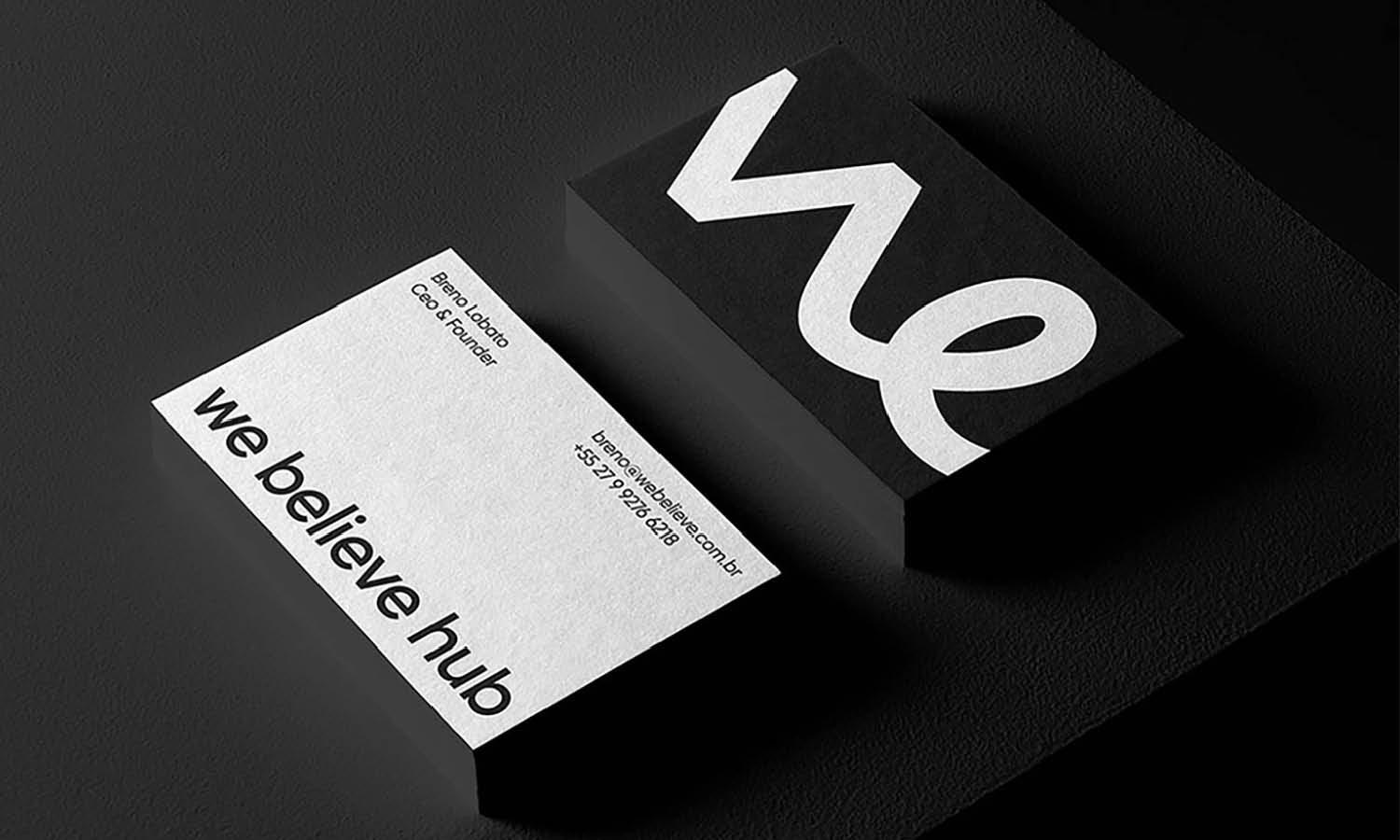10 Tips to Use Multiple Logos on a Business Card

Source: Mr.Mockup, Business Card Mockups, Dribbble, https://dribbble.com/shots/18961757-Business-Card-Mockups
In the dynamic world of business, a well-designed business card serves as a critical touchpoint for professional interactions. Incorporating multiple logos on a business card is a strategic choice for businesses that operate under different brands, partnerships, or want to showcase varied certifications. This approach, however, presents unique design challenges that require thoughtful consideration to ensure the card remains effective and aesthetically pleasing. The purpose of balancing multiple logos is not only to convey diverse affiliations or services but also to maintain a cohesive brand identity that resonates with recipients.
In this article, we will explore 10 essential tips for harmoniously integrating multiple logos on a business card, ensuring that each logo stands out without overwhelming the overall design. These tips will help businesses and designers alike create a business card that is both functional and representative of the multiple facets of their operations. Whether you're a small enterprise partnering with other brands, or a conglomerate showcasing different aspects of your business, these guidelines will aid in crafting a polished and professional business card.
Maintain Visual Balance
Achieving visual balance when incorporating multiple logos on a business card is crucial to creating a professional and appealing design. Visual balance involves the strategic placement and alignment of logos to ensure that no single logo dominates the card unnecessarily, unless intended by design. To maintain this balance, start by assessing the importance of each logo. Position the primary logo more prominently, typically at the center or in the uppermost part of the card, to draw immediate attention.
Equally important is the symmetrical arrangement of the secondary logos. These should be scaled and placed in a way that complements the main logo, without causing visual clutter. Utilize the principles of design such as alignment, hierarchy, and contrast to enhance the overall composition. For example, if the main logo is bold and colorful, the secondary logos can be smaller and less colorful to maintain harmony.
Additionally, consider the use of white space strategically around each logo. Adequate spacing not only separates logos distinctly but also contributes to a cleaner and more organized appearance. This approach helps in making the business card look well-structured and professionally crafted, ensuring that each logo is perceived as part of a cohesive whole.
Use Appropriate Sizes
The size of each logo on a business card is pivotal in ensuring the card’s effectiveness and aesthetic quality. When using multiple logos, it’s important to scale them appropriately to maintain the card's visual integrity and readability. Start by determining the hierarchy of the logos based on their importance to the business’s identity or the message they are intended to convey. The primary logo, which represents the main business or brand, should be the largest and most prominent.
For the secondary logos, which might represent subsidiary brands or partner companies, adjust their sizes to be smaller than the main logo but still clear and recognizable. This differentiation in size helps to maintain the focus on the primary brand while still acknowledging the presence of other affiliates.
Moreover, consider the overall design space available on the business card. All logos should be sized in such a way that they leave enough room for essential contact information without overcrowding the card. This includes adjusting the logos to fit within the design grid, ensuring they are proportionate to each other, and aligned in a way that creates a balanced look.
Lastly, be mindful of the printing specifications and the final output size of the business card. Logos that are too small may become illegible, and overly large logos can overwhelm the space. Testing different sizes in mock-ups before finalizing the design can prevent these issues, ensuring each logo is optimized for both impact and clarity on the final printed card.
Choose a Suitable Layout
Selecting the right layout is essential when designing a business card that features multiple logos. The layout should not only accommodate each logo effectively but also ensure that the card remains visually appealing and functionally coherent. Begin by considering the dimensions of the business card and the relative space each logo will occupy. A common approach is to place the primary logo in a dominant position, such as the center or top of the card, and arrange the secondary logos around it in a way that supports the overall design.
Horizontal and vertical layouts are popular options. A horizontal layout allows for a broader display, which can be beneficial if the logos are text-heavy or wider. Vertical layouts, on the other hand, offer a unique visual appeal and can be useful for taller logos or when wanting to create a more dynamic visual flow.
Grid patterns can also be effective, especially if the logos are of similar importance. This arrangement can provide a clean and organized appearance, making each logo easy to identify without overpowering the others. Additionally, consider using the back of the business card. This space is often underutilized and can serve as a perfect area for placing less dominant logos, thereby keeping the front more clean and focused.
In any layout you choose, ensure there is enough white space to prevent the card from looking cluttered. Proper use of margins and alignment will guide the viewer’s eye smoothly across the card, making the information easy to absorb and the design aesthetically pleasing.

Source: Andrew Wiseman, Jacket Brand Identity, Dribbble, https://dribbble.com/shots/19375750-Jacket-Brand-Identity
Prioritize Brand Hierarchies
When incorporating multiple logos on a business card, it is crucial to prioritize brand hierarchies to convey the correct message about your business’s structure and partnerships. Start by identifying which brand or logo is the most significant and should therefore take precedence on the card. This is typically the logo of the main business or the parent company. Place this logo in the most prominent position on the card, such as the top or center, to ensure it catches the viewer's attention first.
The secondary logos, which could represent subsidiary brands, partner companies, or secondary services, should be positioned less prominently. These logos should be smaller or subtler compared to the main logo to reinforce their secondary status without compromising their visibility or recognition.
It's also important to consider the relationships between the brands represented by the logos. If there is a direct connection or partnership, the logos can be placed closer together or linked by design elements such as lines or matching colors. If the brands are more independent or the connection is less direct, separate the logos more distinctly to reflect this autonomy.
Lastly, ensure that the hierarchy is intuitive and makes sense to the viewer. This can be achieved through consistent design elements and strategic positioning that guide the eye naturally from the primary logo to the secondary ones.
Keep It Simple
When designing a business card that incorporates multiple logos, simplicity is key to maintaining a clean and professional look. Overloading a card with too many design elements can lead to a cluttered and confusing appearance, detracting from the card's effectiveness as a networking tool. To keep the design simple, focus on the essentials: the logos themselves and the necessary contact information.
Start by using a minimalist design approach. This means limiting the use of colors, fonts, and additional graphics. Choose one or two typefaces at most and ensure they complement the logos without competing for attention. Avoid using overly decorative fonts that may decrease legibility, especially at smaller sizes.
Furthermore, be strategic about the use of color. Stick to a limited color scheme that enhances the logos but keeps the overall look unified and clean. This will help each logo stand out while maintaining a cohesive design. Also, consider the layout carefully; align logos and text in a way that flows naturally and is easy to navigate visually.
Select a Neutral Color Palette
Choosing a neutral color palette is crucial when designing a business card featuring multiple logos. A neutral palette helps in creating a harmonious design that integrates various logos without visual conflict. Neutral colors—such as black, white, grey, and shades of beige—provide a sophisticated backdrop that allows each logo to stand out without overwhelming the senses.
When multiple logos are involved, each potentially has its own color scheme, which can lead to a chaotic appearance if not balanced correctly. By implementing a neutral base, the card maintains an elegant and professional appearance, ensuring that no single logo clashes with another. This approach also enhances the legibility of the text and the distinctiveness of each logo, making the card more effective as a communication tool.
Additionally, using neutral colors can significantly increase the flexibility of your design. It allows the business card to look good in various printing settings and materials, from matte finishes to glossy stocks. Neutral colors are less likely to face issues with color reproduction during the printing process, ensuring a consistent outcome across different batches.
To effectively use a neutral palette, consider the overall brand identity of the businesses represented on the card. Ensure that the chosen colors reflect the ethos and professionalism of the brands. Also, accentuate the design with subtle uses of brand colors in the text or minimal graphic elements, if necessary, to inject personality and branding without compromising the neutral aesthetic.
Ensure Legibility
Legibility is paramount in business card design, especially when featuring multiple logos. Each logo must be clear and distinct to effectively communicate the brands represented. To ensure legibility, start by selecting the right font size and type for any accompanying text. It should be easy to read at a glance, typically no smaller than 8 pt for contact details. Avoid overly decorative fonts that might compromise clarity.
The arrangement of logos also plays a critical role in maintaining legibility. Space the logos adequately to prevent visual clutter. Each logo should have enough room to stand out on its own, ensuring it is easily recognizable without the need for close inspection. This spacing also helps in distinguishing each brand’s identity clearly.
Additionally, consider the contrast between the logos and the card’s background. High contrast, such as black text on a white background, enhances readability. If logos are colorful, ensure that the background color does not diminish their impact. Subtle color adjustments or the use of a monochrome filter can unify the logos visually without sacrificing their individual identities.

Source: Younique, Flanco Business Cards, Dribbble, https://dribbble.com/shots/15300424-Flanco-business-cards
Consider the Back of the Card
Utilizing the back of a business card is a strategic way to manage space when incorporating multiple logos. This approach allows you to distribute content more effectively, preventing the front from becoming overcrowded and maintaining overall design balance. When planning to use the back of the card, consider it as an integral part of your design strategy rather than just additional space.
One method is to place secondary information or less dominant logos on the back. This could include certifications, smaller brand logos, or even a tagline that complements the primary information on the front. Such placement ensures that the front remains focused on the most critical elements, such as the primary logo and essential contact details.
The design on the back should complement the front, maintaining a cohesive look across both sides. Consistency in color scheme, font style, and overall layout helps in achieving a unified brand message. Also, ensure that the back’s design does not conflict or compete with the front but rather enhances the card’s overall functionality.
In addition, consider the practical aspects of using the back of the card. It should not contain information that would be lost if the card is placed in a holder or if it rests on a surface. Strategic use of this space can significantly enhance the card’s appeal and usability, providing a more extensive canvas to showcase the business’s multifaceted identity without sacrificing design integrity.
Use High-Quality Images
Using high-quality images is essential when incorporating multiple logos on a business card. Low-resolution graphics can appear pixelated or blurry when printed, reducing the professionalism of the design. To ensure the best results, always use vector files (such as AI, EPS, or SVG) for logos, as they maintain clarity and sharpness at any size.
Raster images, such as JPEG or PNG, should have a resolution of at least 300 DPI (dots per inch) to ensure crisp printing. Anything lower may result in a loss of detail, especially when scaled. If a logo is only available in a low-quality format, consider reaching out to the brand owner for a higher-resolution version or recreating it in a vector format.
The printing method also plays a role in image quality. Digital printing is common for business cards, but if using special finishes like foil stamping or embossing, vector files are crucial for precision. Always preview the final design at actual print size to check for any image degradation before finalizing the card.
Additionally, ensure that the colors in the logos remain vibrant and true to the brand identity. Color variations can occur due to different color modes (RGB vs. CMYK), so converting images to CMYK before printing helps maintain consistency.
Keep Contact Information Clear
While multiple logos may be an important aspect of a business card, the primary purpose of the card remains the same: to provide clear and accessible contact information. A cluttered design can make it difficult for recipients to locate essential details, reducing the card’s effectiveness. To avoid this, ensure that contact details stand out without being overshadowed by logos or design elements.
Start by choosing a simple, legible font for names, phone numbers, email addresses, and website URLs. Avoid overly decorative typefaces that could compromise readability, especially at smaller sizes. A font size of at least 8-10 pt is recommended for easy reading without straining the eyes.
Strategic placement of contact information is just as important. Keep it separate from logos to prevent visual competition. If multiple logos are used, ensure they do not interfere with the text layout. A well-structured hierarchy, with the business name and primary contact details prominently positioned, will make it easier for recipients to find the necessary information.
Additionally, maintain adequate spacing between text elements. Too much compression can make the card look chaotic, while too much spacing may lead to wasted space. White space around the contact information helps guide the viewer’s eye naturally.
Finally, always test-print the business card before finalizing the design. What looks good on screen may not always translate well to print. By keeping contact information clear and easy to find, the business card remains functional while still incorporating multiple logos effectively.
Conclusion
Effectively incorporating multiple logos on a business card requires careful planning and a balanced design approach. By prioritizing visual harmony, selecting appropriate layouts, and maintaining legibility, businesses can create a professional and visually appealing card. Using high-quality images, a neutral color palette, and strategic placement ensures each logo is represented clearly without overwhelming the design. Additionally, keeping contact information clear and utilizing both sides of the card can maximize space and functionality. When executed thoughtfully, a business card with multiple logos can successfully communicate brand partnerships, certifications, or affiliations while maintaining a polished and professional appearance.
Let Us Know What You Think!
Every information you read here are written and curated by Kreafolk's team, carefully pieced together with our creative community in mind. Did you enjoy our contents? Leave a comment below and share your thoughts. Cheers to more creative articles and inspirations!
















Leave a Comment